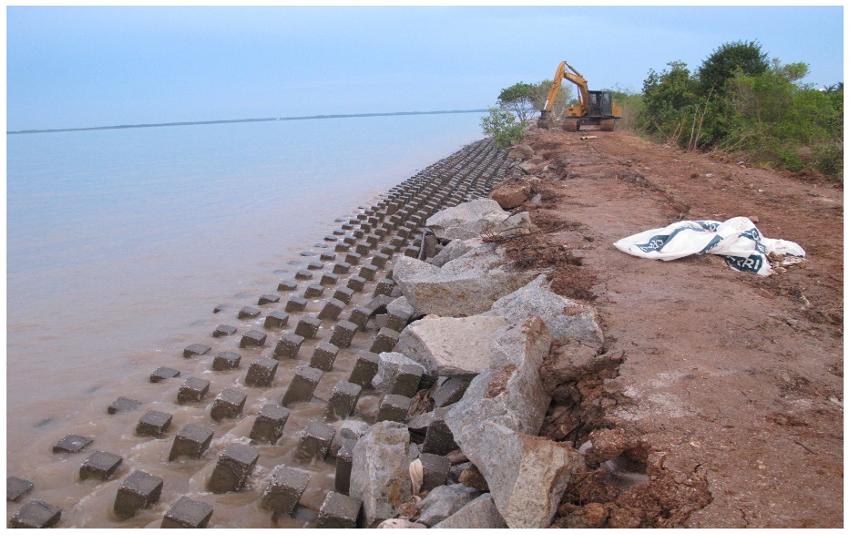The Standard for Shoreline Facilities Design and Construction

Design and Construction Guidelines for Shoreline Facilities provide a general understanding of some basic principles and methods used to design and construct shoreline facilities and the factors that influence these decisions. These guidelines aim to promote sustainable, durable, and environmentally sound designs. These guidelines also provide a set of specific standards that apply to all projects. The recommendations also take into account knowledge gained from a variety of professional experiences. For example, it is essential to understand how design and construction can impact long-term shoreward energy trends and sea-level rise. It is also critical to be aware of the potential impacts of upland runoff from docks, piers, and boat ramps, as well as stormwater runoff patterns and management strategies.
Erosion Caused By Upland Runoff At Docks, Piers And Boat Ramps
Several factors can contribute to erosion at docks, like the docks palm beach county fl, piers, and boat ramps. For instance, heavy stormwater runoff can cause landslides or erosion. Boat wakes, and displacement hulls can also adversely affect shorelines. In addition, upland runoff, including from buildings, can be a significant contributor.
Understanding the factors contributing to shoreline erosion is essential for implementing an effective shoreline management strategy. Stormwater runoff can be managed by incorporating riparian buffers, native plants, and upland landscaping. These practices are designed to intercept stormwater before it reaches the shoreline.
Depending on the local wave climate, erosion rates may be higher on more open shorelines or more exposed to waves. Identifying and quantifying these factors can help you select your area’s most appropriate living shoreline practice.
Long-Term Shoreward Energy Trend
Shoreline erosion is a severe problem along most open ocean shores in the United States. The deterioration of the coastal environment, combined with the increased pressure on coastal property owners and the increasing threat of storms, has led to an increase in the use of “living shoreline” solutions.
These shoreline projects aim to protect coastlines, stabilize viewsheds, and create habitats for ecologically important fish and plants. In addition, they provide a measure of resilience to coastal communities. But to be effective, the design must meet ecosystem sustainability criteria.
A study at Gandy’s Beach, New Jersey, will explore the feasibility of this approach. It will focus on engineering design, project identification, and monitoring.
Stormwater Runoff Patterns And Management Strategies
Stormwater runoff patterns and management strategies for shoreline facilities have become critical issues for cities. Increasing water supply shortages, flooding, and erosion are just a few of the difficulties that watershed managers face. New tactics must be developed and applied to manage stormwater. These may involve sophisticated engineering, organic processes, or a combination of both.
Sustainable stormwater management is a holistic approach considering the total land use gradient and mimics pre-development water balances. This can be achieved by developing green infrastructure such as rain gardens, retention basins, and multiuse floodways. It can also be achieved by preserving existing forests, which can be repurposed for conservation or permanent forestry management.
Living Shoreline Projects With Nature-Based Features Are Sensitive To Sea-Level Rise
Living shoreline projects aim to protect the shoreline and provide a habitat for marine life. This process involves incorporating design features, such as planted marshes, containment structures, and a combination of dunes and sills.
Living shoreline projects are an effective means of shore protection. However, choosing a method that will work best for your property and your local climate is essential. Shoreline erosion is generally caused by the size and frequency of impinging waves.
Choosing the best technique to achieve this goal is a complicated process. It involves considering factors such as site conditions, the amount of sediment, and the level of protection needed.








